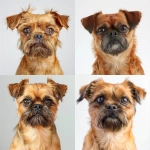Explore the Best AI Image Gallery
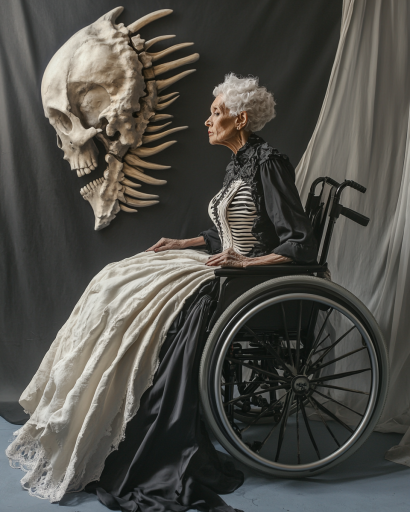
Emergence of the Pixel Picasso: The Impact and Future of AI-Generated Images
Artificial intelligence has stealthily lodged itself into every conceivable corner of human existence, significantly reshaping its landscape. Notably, AI has insinuated itself into one of our most precious forms of expression - art, leading to the emergence of AI-generated imagery that has set a new course for the creative world.
AI as the New Artisan
The mechanizations of AI-driven algorithms can now mimic the sensibility of a human artist, conjuring artworks out of binary code. Now, these AI algorithms, equipped with profound machine learning capabilities and a wealth of artistic data, are manifesting creative potential unparalleled by their human counterparts. They are not held back by biological limitations or presupposed notions of creativity - their posture towards creativity is absolutely free-wheeling and unrestricted.
Impact on the Creative Industry
Traditionally, art has been an exclusively human enterprise. However, AI has not just entered the realm of artistic creation but is staking its own claim, making the line between art created by humans and AI increasingly blurred. This has profound implications for the creative industry, where not only the way art is produced but also how it is consumed is undergoing a significant transformation. AI is enabling new forms of expression, augmenting artistic capabilities, and expanding the possibilities of what can be conceptualized and created.
Ethical Considerations
However, as with any new technology, AI-generated imagery also raises a host of ethical concerns. Questions of authorship, authenticity, and originality are now more urgent and complex in the light of AI's escalating involvement in the creation of art. There is an ongoing debate about who actually 'owns' the art when it is produced by an AI - the algorithm, the person who designed the algorithm, or the machine that executed it?
Future Trends
The cross-pollination of art and AI is on an upward trajectory, with AI playing an increasingly influential role in determining how art is created, understood, and valued. The foray of AI into art is likely to intensify as technology evolves, offering more technically advanced and conceptually innovative ways for machines to participate in artistic creation. One trend to watch is the AI's role in creating immersive virtual reality (VR) and augmented reality (AR) experiences, a groundbreaking intersection of technology and art that has the potential to reshape our perceptual boundaries.
Final Thoughts
AI-generated images are no longer a novelty but a pioneering development that is reshaping the creative landscape. As AI continues its artistic journey, we will have to reconcile with the new aesthetic sensibilities it brings while confronting the ethical dilemmas it poses. Regardless, the AI revolution in art is undeniably upon us, and we are at the brink of an exciting reimagination of what is possible in the realm of visual creativity.
](https://images.ai-img.art/thumbnails/150/2ff105ce7f100c266fde0e63113798b17ef8c4836f02eda1d2bc3dd9dcc27929.webp)
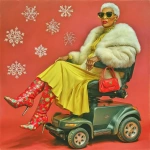
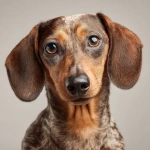

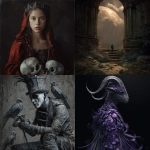
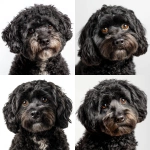
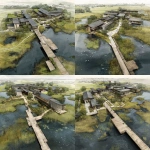
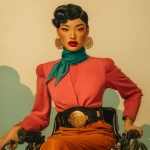

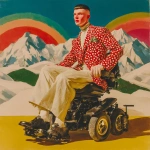
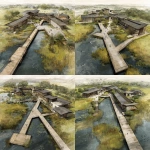

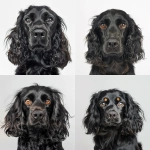


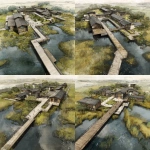
](https://images.ai-img.art/thumbnails/150/4c9c68becc73b14922ac55029bd5c4f700881f5b5d17adbf550dab36e3cc81b6.webp)

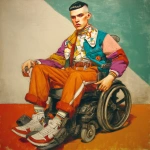
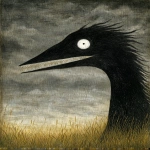
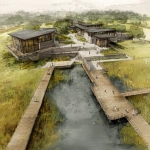
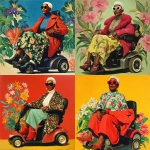
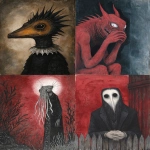

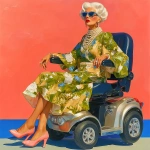
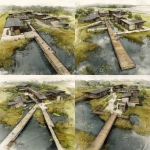
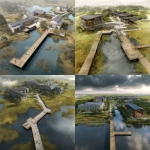
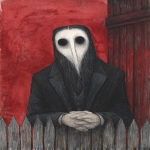

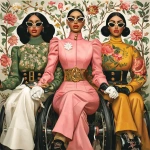
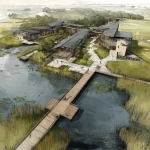
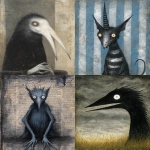
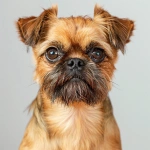
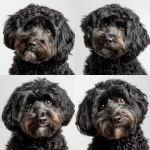
](https://images.ai-img.art/thumbnails/150/be43946713256e52e6584c5bc61c9fa513962683a2f91d850d6c03367f3f8f35.webp)


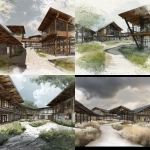
](https://images.ai-img.art/thumbnails/150/98359176a3cebe401a3fbe1080c7a4c225231f753dcca1bb018122c07110da26.webp)
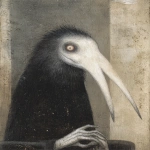

](https://images.ai-img.art/thumbnails/150/e06828477cb05f687a8e0c00fc196ee22bf20e84064a8ce6425a8f2670a6a3f2.webp)
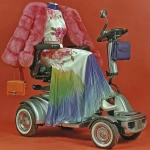

](https://images.ai-img.art/thumbnails/150/3c26f61d589d80ee22455916dcf4b5e16460963667f2273ac246195006311786.webp)
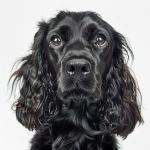
](https://images.ai-img.art/thumbnails/150/77574caa025ba55169d6a4ed26b8bcf28a7d3e87a032fa938e7627b2a1f71862.webp)
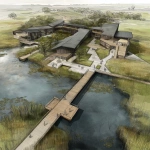
](https://images.ai-img.art/thumbnails/150/8ee3c6e7dfd063ad94a9e05b0a14723e643fad0b300cddee134a11afdf92e19d.webp)
